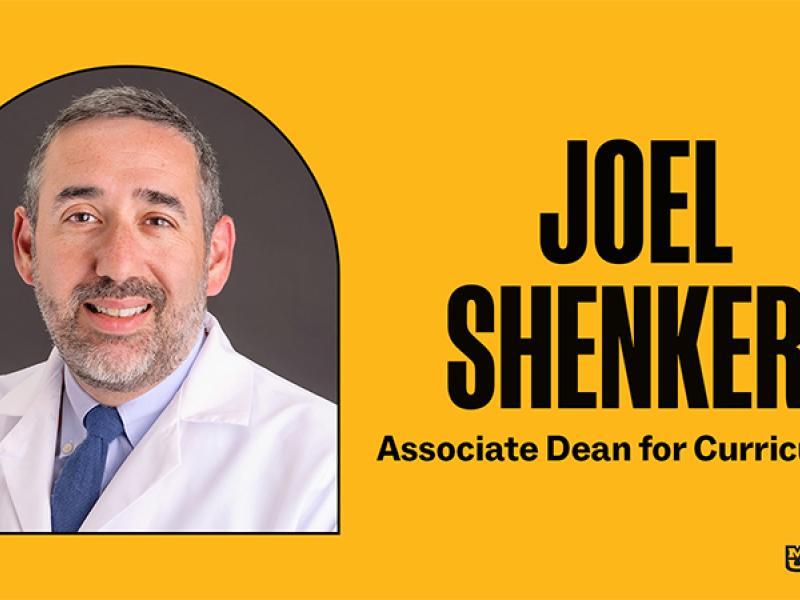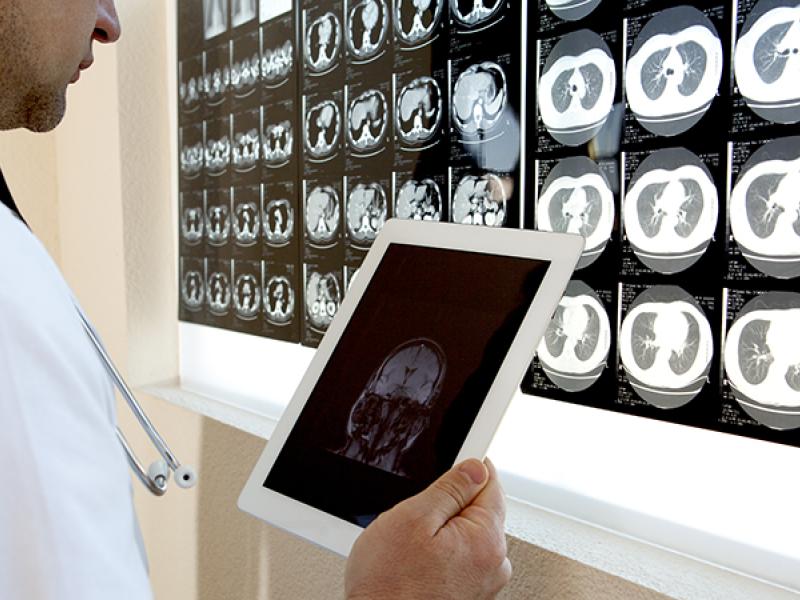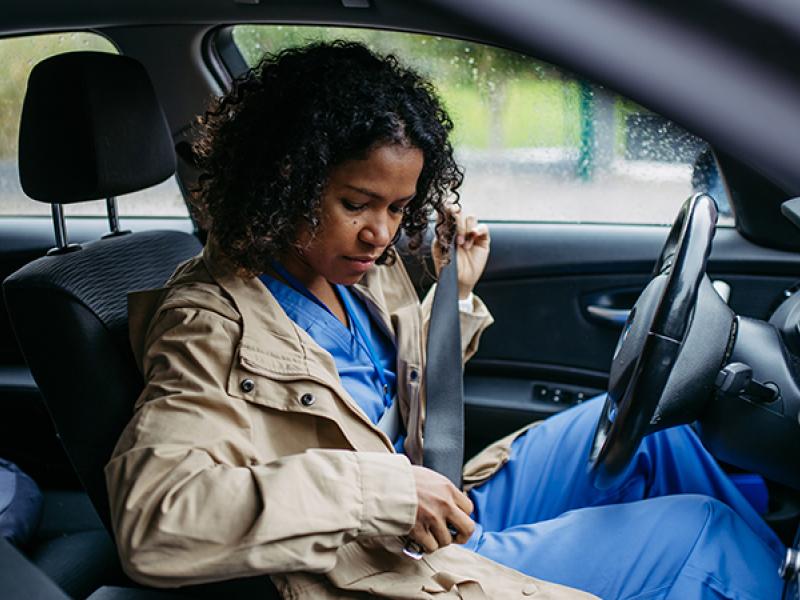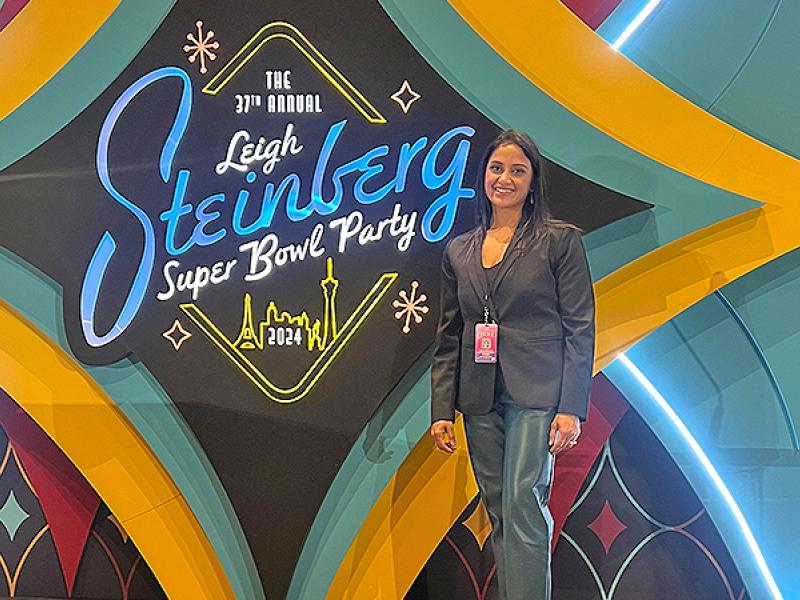Basic Structure
- Orientation – occurs on the first day of the clerkship. Students are given an overview of the clerkship, expectations, assignments, and tips for successfully completing the clerkship. They will attend the “Neurological Examination Workshop” to observe a faculty member do a full neurological exam on a standardized patient. They are given a chance to ask questions and time to practice on one another. They will also attend a "Stroke Simulation", where they will learn how to perform an NIH Stroke Scale and practice on a simulated patient.
- Inpatient service – students will spend three days in stroke inpatient, four days in general inpatient, three days in the Neuroscience ICU, and two days in the Pediatric Neurology clinic each block.
- Outpatient Clinic – the rest of the block is spent in outpatient clinic with a day in the EMG lab.
- Mid-Block Feedback – students meet with an Attending or Resident during week two to discuss strengths and weaknesses and how to improve.
- Didactics – all neurology didactics have been recorded and are available on Canvas through Panopto. From time to time, the information will need to be updated and rerecorded, if that is the case, the coordinator will send out a meeting invite regarding where and when the lecture will take place.
- ISCREAM – students meet with clerkship coordinator for ice cream and discuss the clerkship, it’s a time for students to give their feedback on what is working well and what can be improved.
- Grand Rounds – students attend weekly at Acuff Auditorium.
Assignments
- PLOG Requirements – students must enter demographics and primary diagnosis into their Patient Log (PLOG) for a variety of neurological conditions. These patients can be from either their time on inpatient or outpatient.
- NIH Stroke Scale – students must complete the NIH Stroke Scale the first week of the clerkship.
- Localization Cases – students are emailed four guided study cases during the first week. They are to work thorough them in basic neuroanatomical localization.
- Preceptor-Observed History and Exam – students will perform the parts of the neurological examination in front of various preceptors. Students have a form for preceptors to sign off on as proof each portion has been completed. Students must complete all elements and return the form to the coordinator. Preceptors can only be a neurology attending or resident.
- Notes – students will write up to three notes each day they are on inpatient service. New versus follow up notes will be at the attendings discretion.
Resident Mentors
Each student will be assigned a resident mentor to help and guide them through their clerkship activities. Residents are truly students’ resources for anything Neurology. They can help you identify a clinical question for your write up, help you meet PLOG requirements by pointing you towards cases, help you develop elements of your exam & history skills, guide you towards useful study resources, and many other things. They will also be excellent resources to help with localization cases.
Electives
- Neurology offers a few M4 electives including Neurology, Advanced Neurology, and ABS Research. All three electives are tailored to the interests of the students and they will work with the clerkship director to define goals for these rotations.
- Neurology also offers two-week electives available including Epilepsy & Clinical Neurophysiology, Outpatient Experience, Stroke Inpatient Experience, and Neuromuscular Disorders.
Didactics
Didactics are either recorded or live lectures. Students are expected to attend in person didactics or view the recorded didactics. Students will turn in the didactic viewed/attended checklist and attest the dates/times they were viewed. The checklist will be part of your record.
The didactic topics are:
- Approach to Dizziness
- Stroke
- Neuromuscular Disorders
- Neuro Infections
- Demyelinating Disorders
- Epilepsy (2 lectures)
- Headache
- Dementia (2 lectures)
- Sleep Disorders
- Movement Disorders





